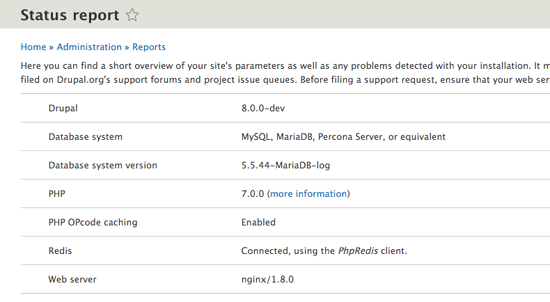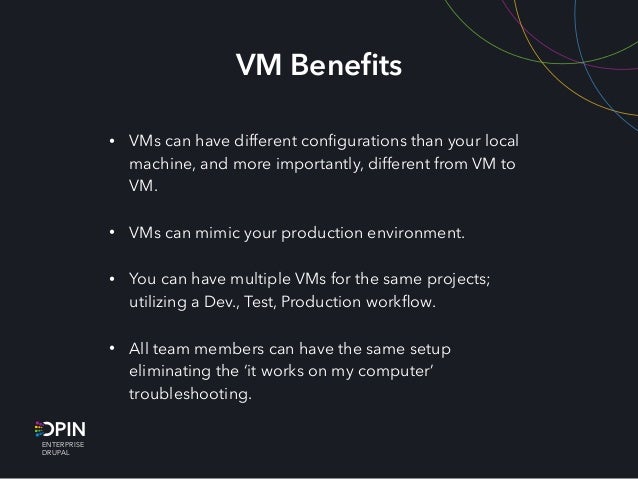

- #Drupal vm destroy all and create a site how to
- #Drupal vm destroy all and create a site portable
- #Drupal vm destroy all and create a site download
#Drupal vm destroy all and create a site how to
Once it’s running, you can learn how to install Drupal 7 or 8 here:Īfter they’re installed, use these two links:Īdd this to your /etc/hosts file: # Sites declared in VDD's config.jsonġ92.168.44.44 # End of sites declared with VDDįirst cd into the vdd folder (where the vagrantfile is). This means you’ll be able to sync, backup and locally do all your development which is both faster and safer.įirst read about VDD and its Getting Started with VDD. Here you’ll learn how to create install Drupal in a virtual environment on your PC. Local Drupal development on OS X using Vagrant If you’re using Sublime Text, be sure to install the the PHP-TWIG package to get proper syntax highlighting. To power up your vagrant box: vagrant up To access your box via ssh: vagrant ssh To suspend your vagrant box: vagrant suspend To shut down your vagrant box: vagrant halt To destroy your vagrant box (this will remove it completely): vagrant destroy Extras


Drupal VM runs on almost any modern computer that can run VirtualBox and Vagrant, however for the best out-of-the-box experience, it's recommended. And it doesn’t have any measurable performance hit.Ħ) How to install Timber Controlling Vagrant 4.x.x to 5.x.x), it may be simpler to destroy the VM (vagrant destroy) then build a fresh new VM (vagrant up) using the new version of Drupal VM. For instance: a page.php for getting data from Wordpress and a page.twig for the markup.

Timber extends Wordpress with the Twig templating engine, also used by Drupal 8 and seperates logic from presentation by giving you two files for every page. You now have a brand new Wordpress install available:Ĭheck the Vagrantpress documentation for more.
#Drupal vm destroy all and create a site download
For this example we’re going with Vagrantpress which is a Ubuntu preconfigured for Wordpress development.ģ) git clone 4) cd vagrantpress 5) vagrant up (this will download 500mb the first time) Configuring a box for Wordpress development with Vagrantpress Configuring a box for Wordpress development with VVV Getting started with Vagrantġ) Install Vagrant 2) Install VirtualBox Configuring a box for Drupal development This box can easily be shared with your coworkers and it doesn’t pollute your computer with scripts and installs everywhere. For instance, you no longer have to fiddle around with MAMP or LAMP or whatever when you’re doing local PHP development.
#Drupal vm destroy all and create a site portable
Vagrant together with VirtualBox allows you to create portable virtual machines development. Yesterday and today I tested on the 'normal' not-under-stress situation and I do get 80-110 MBps (as I should from a 1Gbps connection).Local Wordpress development with OS X and Vagrant but on backup time, the VMs seem to need a little bit more juice.


 0 kommentar(er)
0 kommentar(er)
